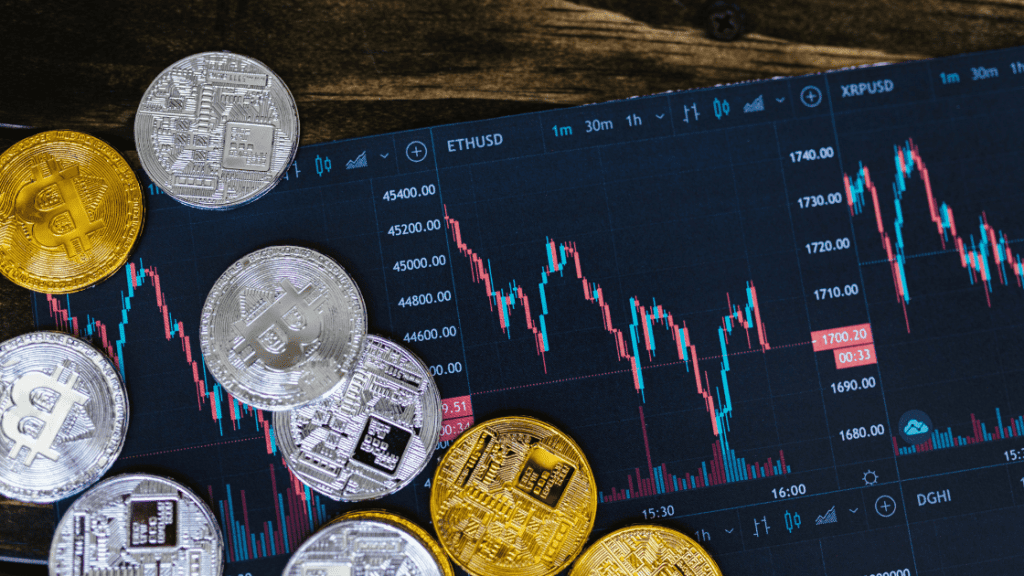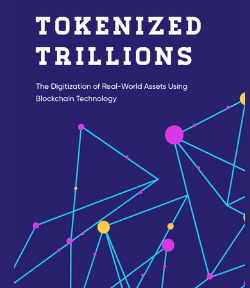
How to Evaluate Cryptocurrencies – 8 Mistakes to Avoid
How to Evaluate Cryptocurrencies 2023.
What factors can influence asset prices?
There are several variables that can influence the prices of assets such as stocks, bonds, and cryptocurrencies, including:
- Economic conditions: Economic conditions, such as inflation, interest rates, and gross domestic product (GDP), can have a significant impact on asset prices. When the economy is strong, asset prices tend to rise, while a weak economy can lead to a decline in prices.
- Market sentiment: Market sentiment, or the overall attitude of investors towards a particular asset, can also influence prices. Positive sentiment can cause an increase in demand and push prices higher, while negative sentiment can lead to a decline in demand and lower prices.
- Supply and demand: The basic laws of supply and demand also influence asset prices. When demand for an asset is high and supply is limited, prices will tend to rise. Conversely, when demand is low and supply is high, prices will tend to decline.
- Interest rates: Interest rates can have a significant impact on asset prices. When interest rates are low, investors tend to seek higher returns from other assets, such as stocks or cryptocurrencies, which can push prices higher. Conversely, when interest rates are high, the opportunity cost of holding other assets becomes greater and can lead to a decline in prices.
- News and events: News and events can also have a significant impact on asset prices. Positive news, such as a strong earnings report or a major partnership, can cause an increase in demand and push prices higher, while negative news, such as a scandal or lawsuit, can lead to a decline in demand and lower prices.
- Regulations: Government regulations and laws can have a significant impact on the prices of assets, particularly cryptocurrencies. For example, regulations that make it easier to use or trade a cryptocurrency can increase demand and push prices higher, while regulations that make it more difficult can lead to a decline in demand and lower prices.

Do stocks or cryptocurrencies have intrinsic value?
Intrinsic value refers to the inherent value of an asset, separate from its market price. In traditional finance, the intrinsic value of a stock is often determined by analyzing the company’s financials, including its earnings, revenue, and assets, as well as its growth potential.
Cryptocurrencies, on the other hand, do not have any inherent value in the traditional sense. They are not backed by any physical assets or government guarantees, and their value is primarily derived from the belief that others will be willing to pay a higher price for them in the future. Some argue that the underlying technology of a cryptocurrency, such as blockchain, has intrinsic value and could be used to create new and useful applications in various industries.
What you should consider when evaluating a cryptocurrency or stock
- Technology and fundamentals: The underlying technology and fundamentals of the cryptocurrency or stock are important factors to consider. For example, the blockchain technology used by a cryptocurrency and the company’s financial performance, management, and industry position for stocks.
- Market demand: The level of demand for a cryptocurrency or stock can greatly influence its price. Factors such as adoption rate, community support, and partnerships can indicate the potential for future demand.
- Volatility: Cryptocurrencies and stocks can be highly volatile, which can make them risky investments. It’s important to consider how much the price of a cryptocurrency or stock has fluctuated in the past and whether it is likely to continue doing so in the future.
- Regulation: The level of regulation and legal compliance can impact the future of a cryptocurrency or stock. A cryptocurrency or stock that operates in a heavily regulated industry may have more stability and predictability than one that operates in an unregulated industry.
- Competitors: It’s important to consider the competition when evaluating a cryptocurrency or stock. Understanding the strengths and weaknesses of competitors can help you determine the potential for future growth and success.
- News and Media: Media coverage, announcements, and news about the cryptocurrency or stock can affect its market perception, and in turn its price.
- Adoption rate: The rate of adoption of a particular cryptocurrency or stock in the market can also influence its price.

How can asset values of stocks and cryptos be determined?
When it comes to evaluating stocks and cryptos, several metrics and formulas are used to determine asset values. Some commonly used metrics include the price-to-earnings ratio (P/E), the price-to-book ratio (P/B), and the discounted cash flow (DCF) model. These metrics are used to analyze financial data and provide a more accurate picture of a company’s value. It’s important to note that the valuation of a stock or cryptocurrency can be complex, and different investors may use different methods to arrive at a value.
When it comes to digital assets or crypto there’s something called tokenomics which is essentially the study of the economics of a particular cryptocurrency or token, including its issuance, distribution, and overall performance. It includes the economic principles and design decisions that underpin a token’s creation, as well as its impact on the ecosystem in which it operates.
When evaluating a crypto token, some key factors to consider include:
- Token supply: The total supply of tokens in circulation, as well as any future issuance plans, can have a significant impact on the token’s price and overall value. Maximum supply: The maximum supply of a cryptocurrency is the maximum number of coins that will ever be in circulation. A lower maximum supply can indicate scarcity and a higher potential value for the coin. Initial supply: The initial supply of a cryptocurrency is the number of coins that are created and distributed at the launch of the cryptocurrency. It can give an idea of how much the development team and early investors hold. Circulating supply: The circulating supply of a cryptocurrency is the number of coins that are currently in circulation and available for trading. A lower circulating supply can indicate scarcity and a higher potential value for the coin.
- Token distribution: The distribution of tokens among holders can also be an important factor to consider. A highly concentrated distribution can indicate potential centralization and lack of decentralization. Mint rate: The mint rate is the rate at which new coins are created. A lower mint rate can indicate scarcity and a higher potential value for the coin. Burn rate: The burn rate is the rate at which coins are removed from circulation. A higher burn rate can indicate scarcity and a higher potential value for the coin. Vesting schedules: Vesting schedules are the mechanism where tokens are locked for a certain period and released gradually. This can help prevent an immediate dump of tokens after the launch and can increase the value of the tokens over time.
- Token utility: The utility of a token, or its intended use within the ecosystem, can also be an important factor. Tokens with a clear and useful utility are more likely to have a higher value.
- Token adoption: The rate of adoption and usage of a token within its ecosystem can also impact its value. Tokens that are widely used and accepted within their ecosystem are more likely to have a higher value.
- Token burn: Token burn is a mechanism through which a certain number of tokens are removed from circulation. This can help increase the value of the remaining tokens by decreasing the overall supply.
- Token vesting: Token vesting is a mechanism where tokens are locked for a certain period and released gradually. This can help prevent an immediate dump of tokens after the launch and can increase the value of the tokens over time.
- Level of decentralization: The level of decentralization of a cryptocurrency can also impact its value. Decentralized networks are considered more secure and less prone to manipulation than centralized networks.
- Market demand: The level of demand for a cryptocurrency can greatly influence its price. Factors such as adoption rate, community support, and partnerships can indicate the potential for future demand.
It’s important to note that the valuation of a cryptocurrency is not an exact science, and different investors may use different methods to arrive at a value. Additionally, the value of a cryptocurrency can be highly volatile and can change rapidly in response to various factors, including market sentiment, news events, and regulatory developments.
Mistakes to Avoid When Evaluating Cryptocurrencies
- Failing to research the fundamentals of the coin or token, such as its technology, development team, and overall market demand.
- Overvaluing a coin or token based on hype or market speculation, rather than actual usage or adoption.
- Neglecting to consider market volatility and the potential for large price swings.
- Not diversifying your portfolio and investing too heavily in one coin or token.
- Not understanding the regulatory environment for the coin or token and the potential for government intervention.
- Not considering the potential for fraud or scams in the crypto market.
- Not being aware of the potential for insider trading and market manipulation.
- Not having a clear exit strategy for when to sell your investment.






